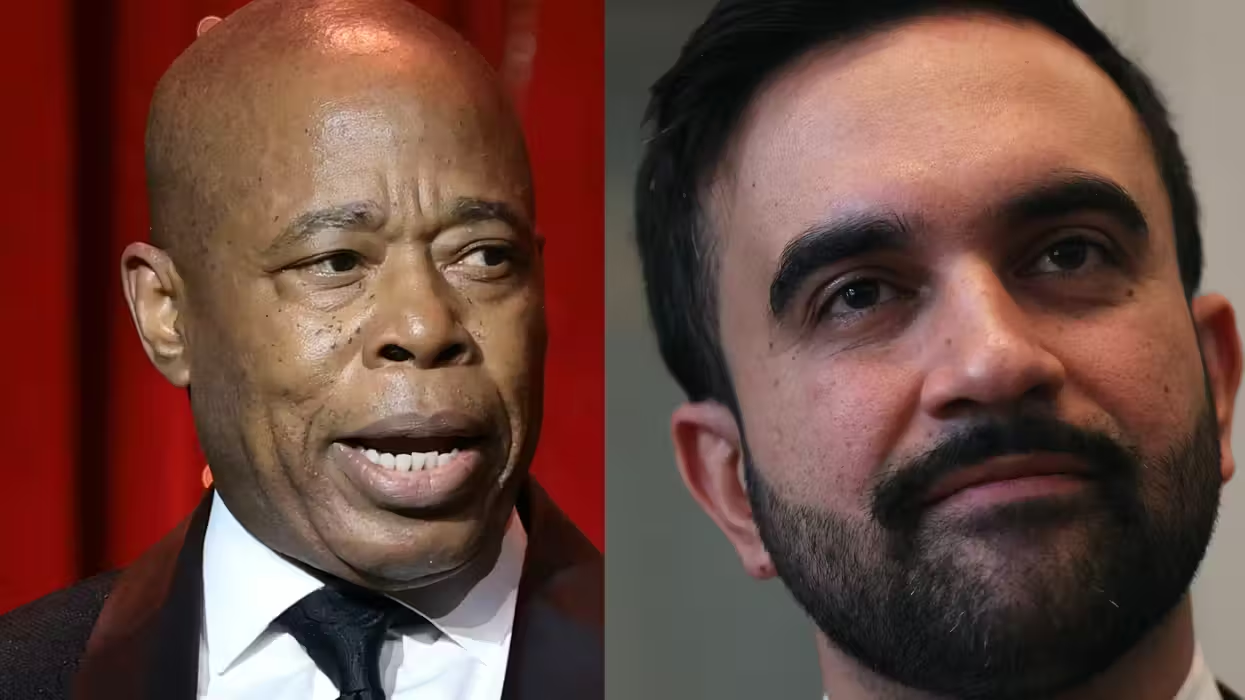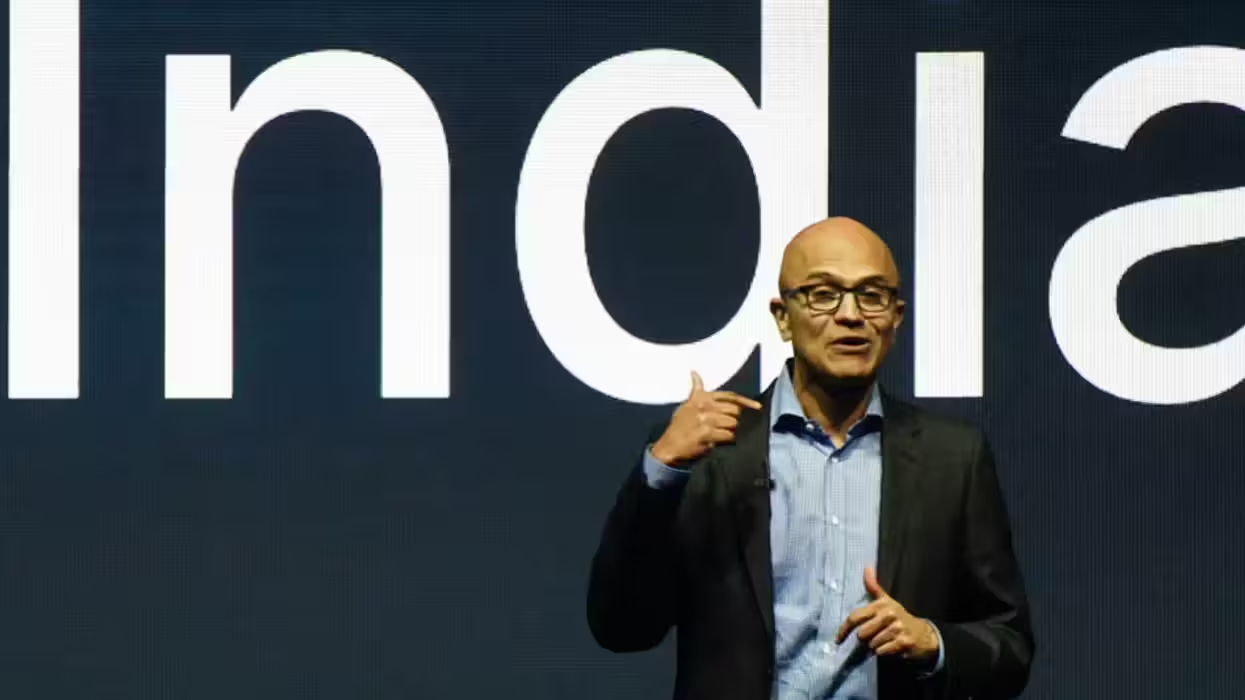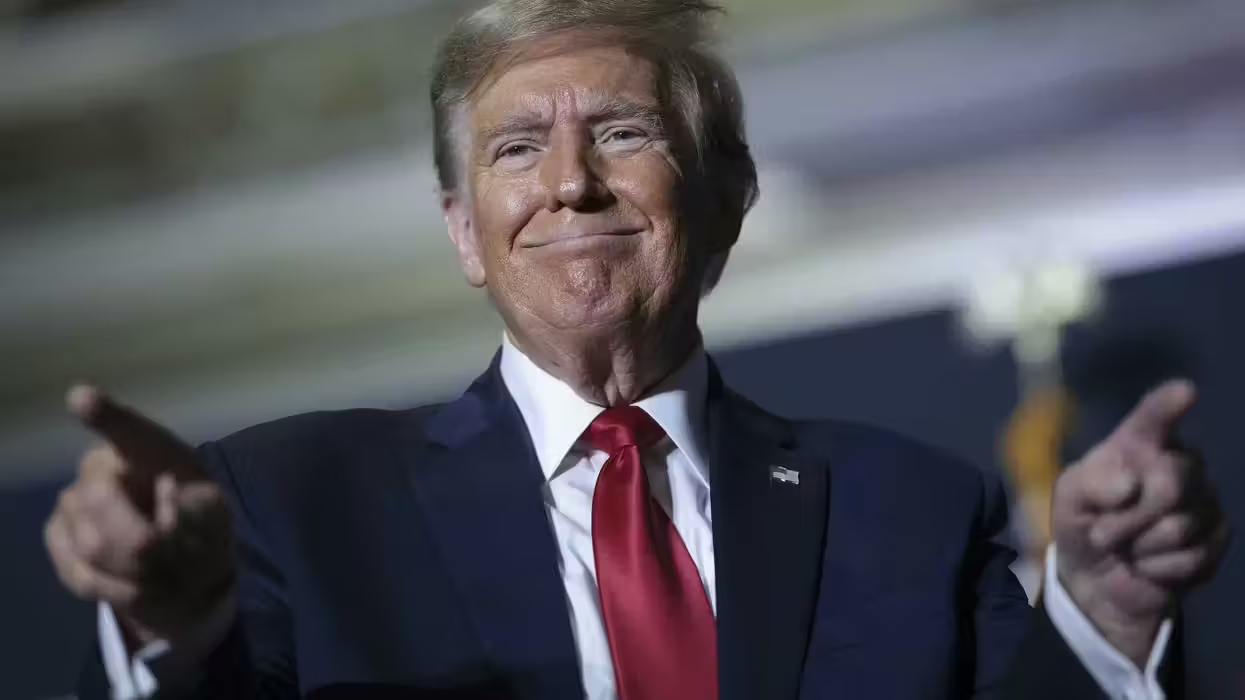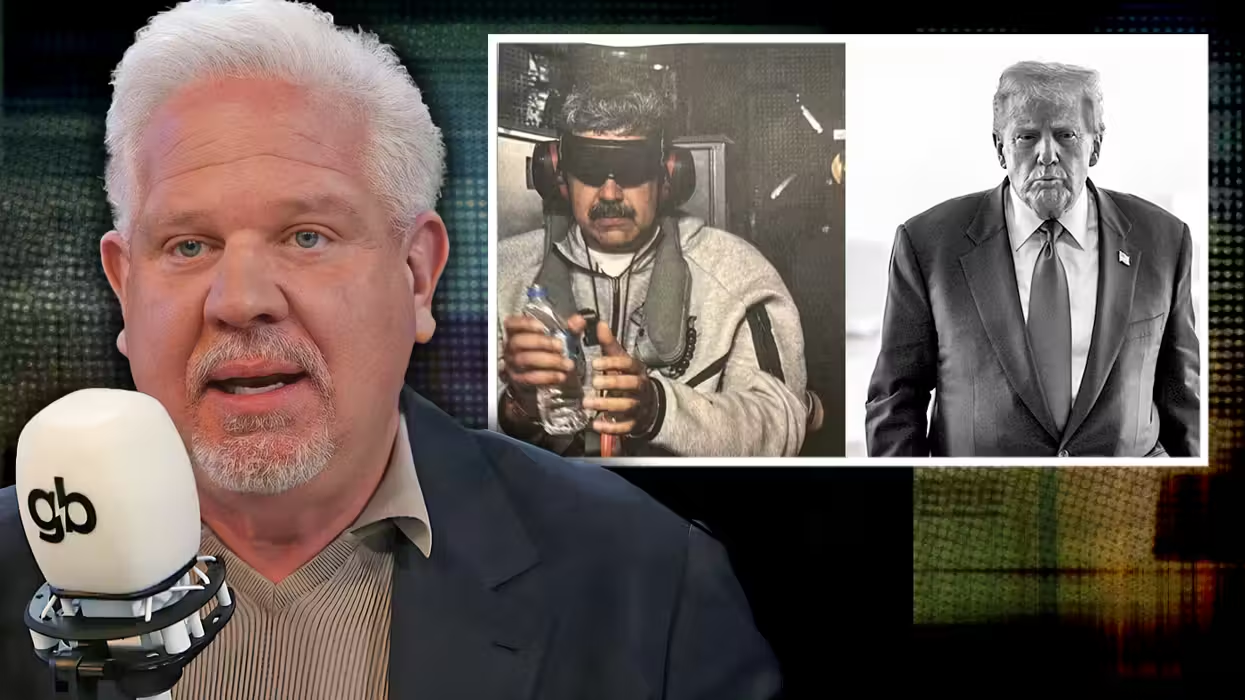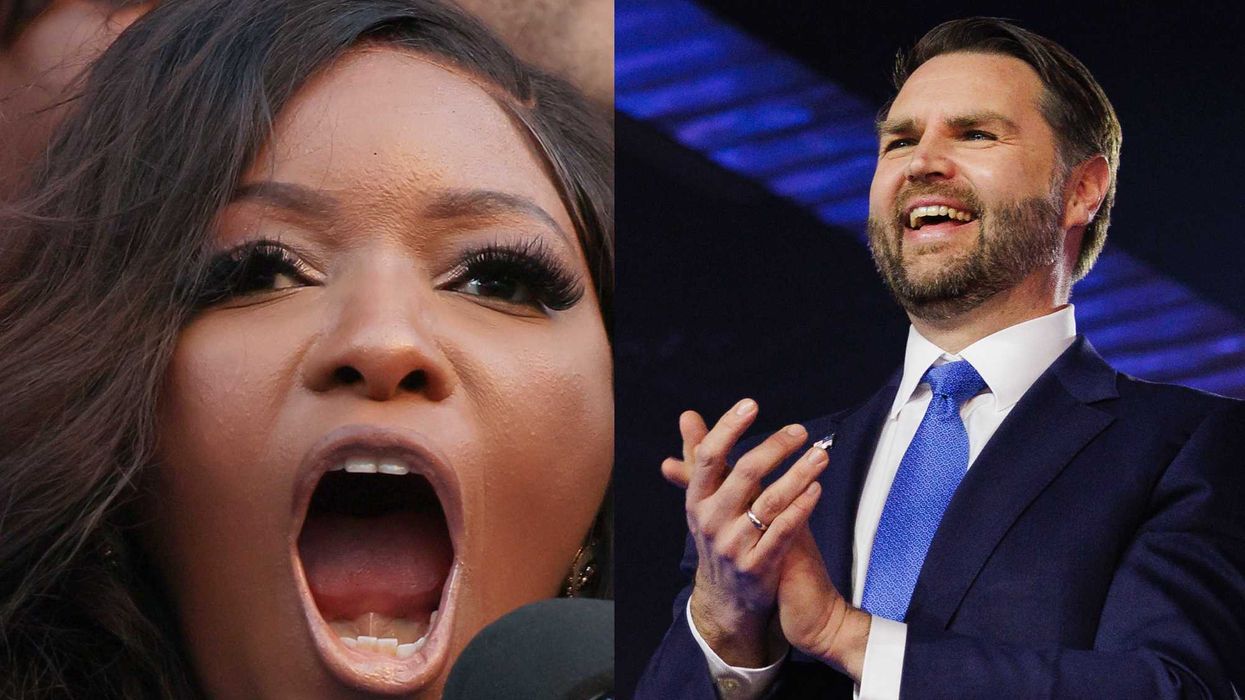During an interview with Fox News host Tucker Carlson, President Donald Trump speculated that nations like “tiny” but “aggressive” Montenegro could trigger Article 5 of the NATO charter and start World War III.
What did Trump say?
Carlson brought up the tiny European nation, asking, “Membership in NATO obligates the members to defend any other member that's attacked. So let’s say Montenegro, which joined last year, is attacked. Why should my son go to Montenegro to defend it from attack?”
Trump agreed:
I understand what you're saying. I've asked the same question. You know, Montenegro is a tiny country with very strong people.... They're very strong people. They're very aggressive people. They may get aggressive, and congratulations you're in World War III.
Now I understand — but that's the way it was set up. Don't forget, I just got here a little more than a year-and-a-half ago, but I took over the conversation three or four days ago and I said, "You have to pay. You have to pay." And the secretary general said that because of President Trump we had an additional $44 billion — "billion," with a "B," $44 billion raised for NATO, and this year it's gonna be much more than that.
Trump was referring to an increase in defense spending by NATO members over 2017. While the NATO Secretary-General Jens Stoltenberg did not specifically say that this money was raised because of Trump, he did say that Trump had given members a “new sense of urgency” to “redouble our efforts.”
What is Article 5?
Article 5 of the NATO charter states (in part): “The Parties agree that an armed attack against one or more of them in Europe or North America shall be considered an attack against them all.”
This article, and NATO in general, was originally designed to prevent the Soviet Union from attacking smaller nations.
To date, Article 5 has only been invoked once: to come to America's defense after 9/11. Nearly 1,000 NATO troops have died in Afghanistan since the war there began.
Since Article 5 can only be invoked if a nation is attacked, it would not come into play if Montenegro "aggressively" attacked Russia. It would only be triggered if the other NATO members agreed that Montenegro was the victim of an attack.
What is Montenegro?
The tiny nation of Montenegro had a population of 642,550 as of July 2017, according to the CIA World Factbook. That's a smaller population than 24 U.S. cities. Montenegro was part of the Federal Republic of Yugoslavia until 2003, when it became part of the State Union of Serbia and Montenegro. It finally won its independence by a referendum in 2006. Montenegro joined NATO in 2017, and is currently working on also joining the European Union.
In 2016, Montenegrin authorities arrested 20 people for being part of a plot to kill the prime minister and bring a pro-Russia government into power. Montenegro's chief special prosecutor said that the failed coup was carried out by Russian nationalists, with the goal of preventing Montenegro from joining NATO. The Kremlin, predictably, denied any involvement.
In February 2017, Kremlin Press Secretary Dmitry Peskov publicly opposed Montenegro's addition to NATO, saying, "The Russian attitude to the further eastward enlargement of NATO is well-known, this attitude is negative." A month later, the U.S. Senate voted 97 to 2 to approve the admission of Montenegro.
In February 2018, pro-Kremlin Russian news outlet Sputnik published a piece warning Montenegro that "joining NATO means fighting other people's wars for them."
Despite Trump's comments about Montenegro being "very aggressive," it managed to gain its independence from Serbia peacefully, avoiding the bloodshed that had plagued most other former members during the breakup of Yugoslavia.
How much are member nations spending on NATO?
One area of contention between Trump and NATO has been the fact that most NATO members are currently spending below 2 percent of their nations' GDPs on their own defense, which can then be used for NATO mutual defense. Money spent specifically on NATO is much less.
NATO members agreed to hit this 2 percent goal by 2024 under the Obama administration, a fact they reiterated during their recent summit. Trump commented during a news conference that these nations would be raising their defense spending “quite a bit higher” than two percent. However, French President Emmanual Macron contradicted this, saying that the nations had only reiterated the previously agreed upon two percent number.
Montenegro has slowly increased its military spending every year from 1.45 percent in 2013 to 1.7 percent in 2018. As of January 2017, the entire military of Montenegro only had 1,950 active duty members. It currently has 20 troops supporting U.S. and NATO efforts in Afghanistan.
Like other NATO members, Montenegro has increased its presence in Afghanistan from 18 troops towards a final total of 26 to 28 at the request of the United States. While that may not seem like a lot, because of Montenegro's small population their contribution is more per capita than the number of U.S. troops in Afghanistan. Montenegro began sending these troops to Afghanistan to support U.S. and NATO efforts in 2010, before it was even a NATO member.



